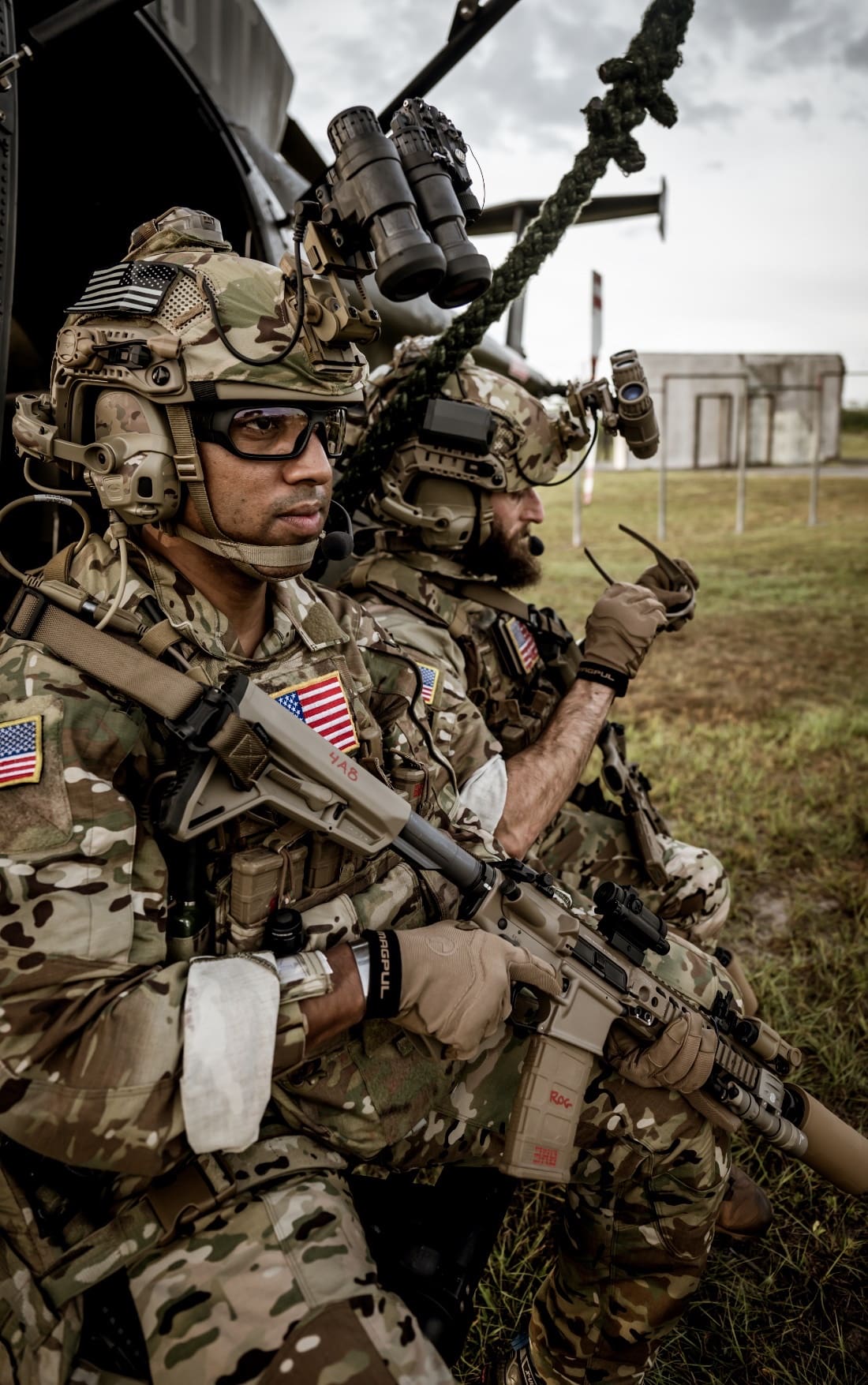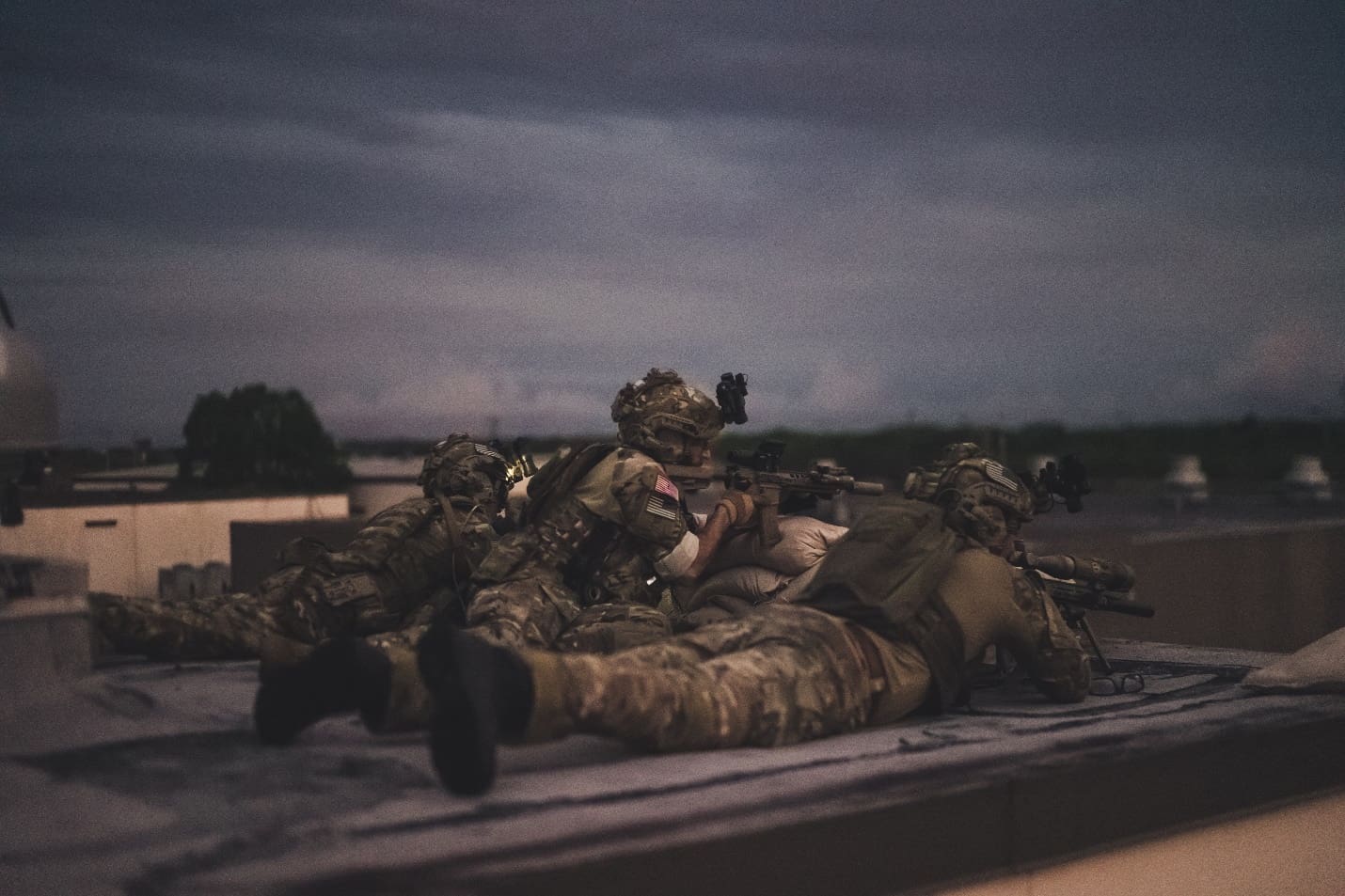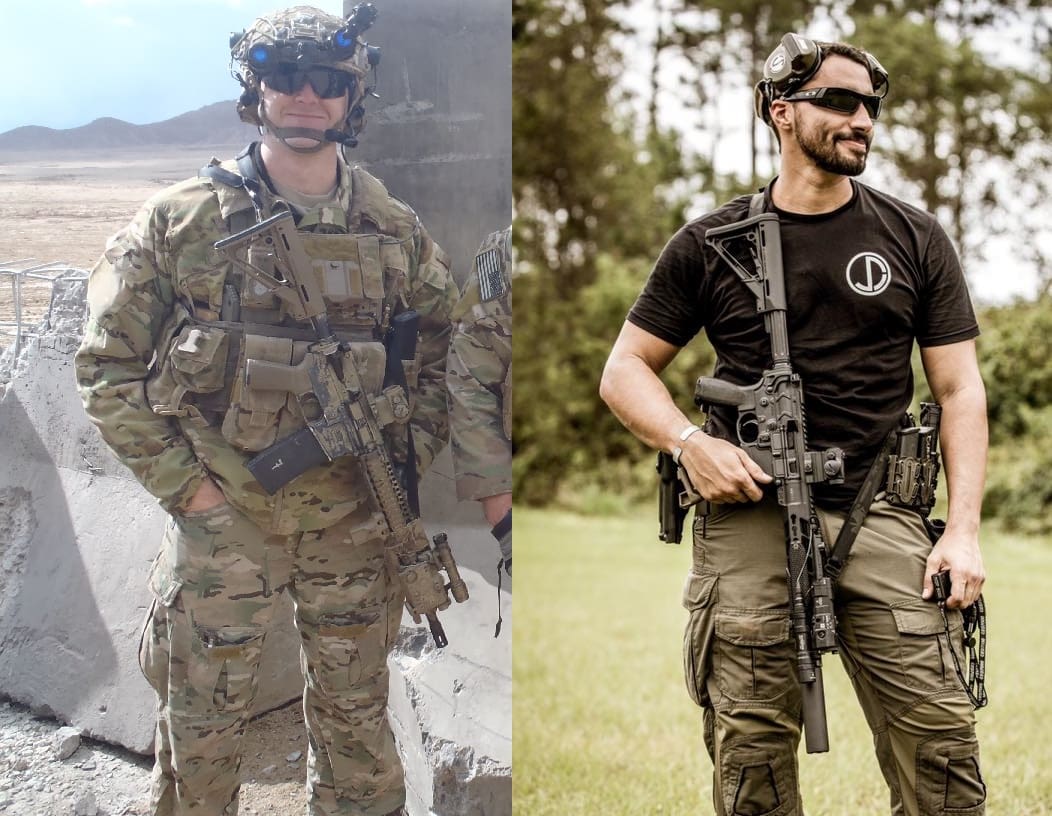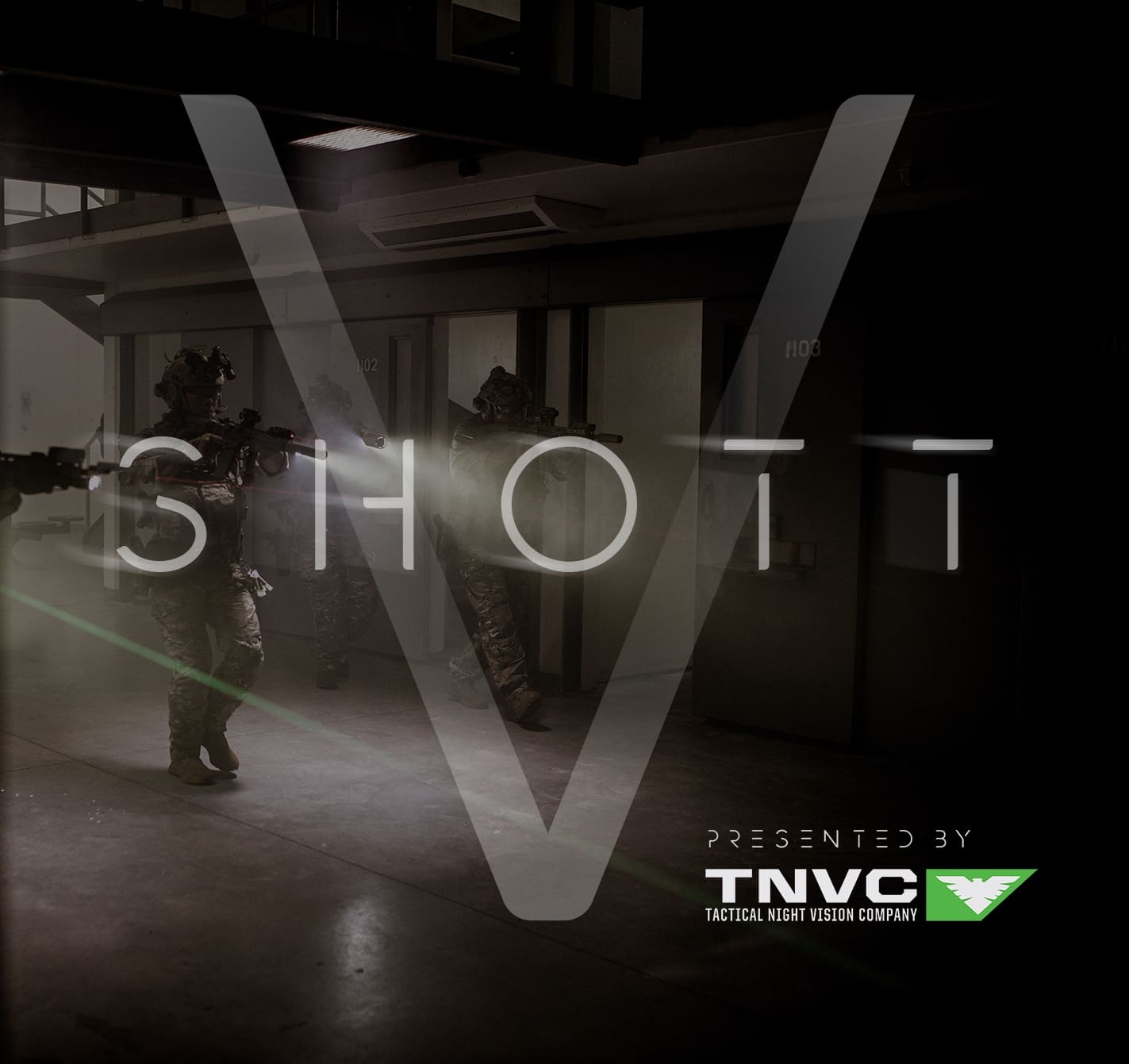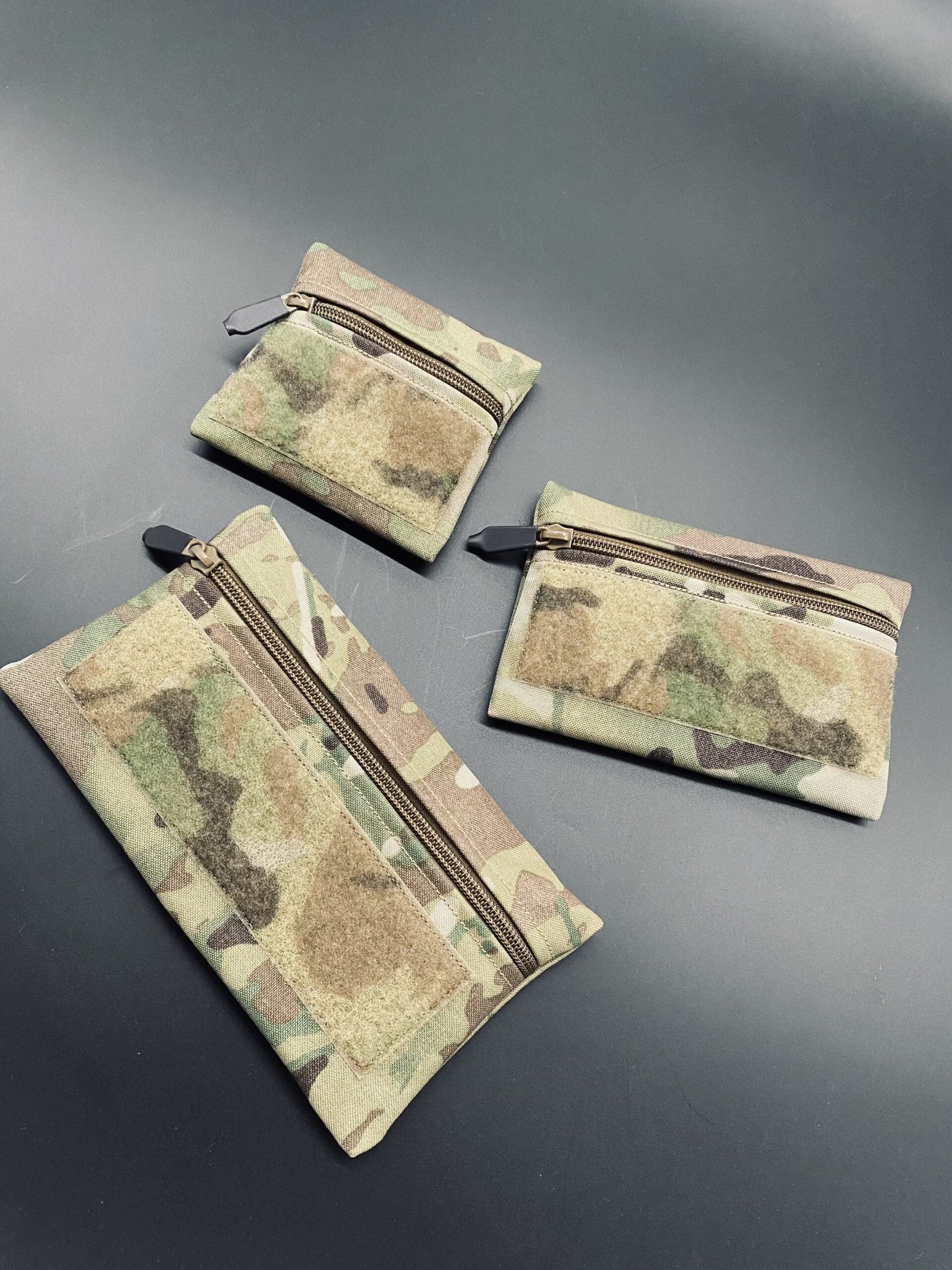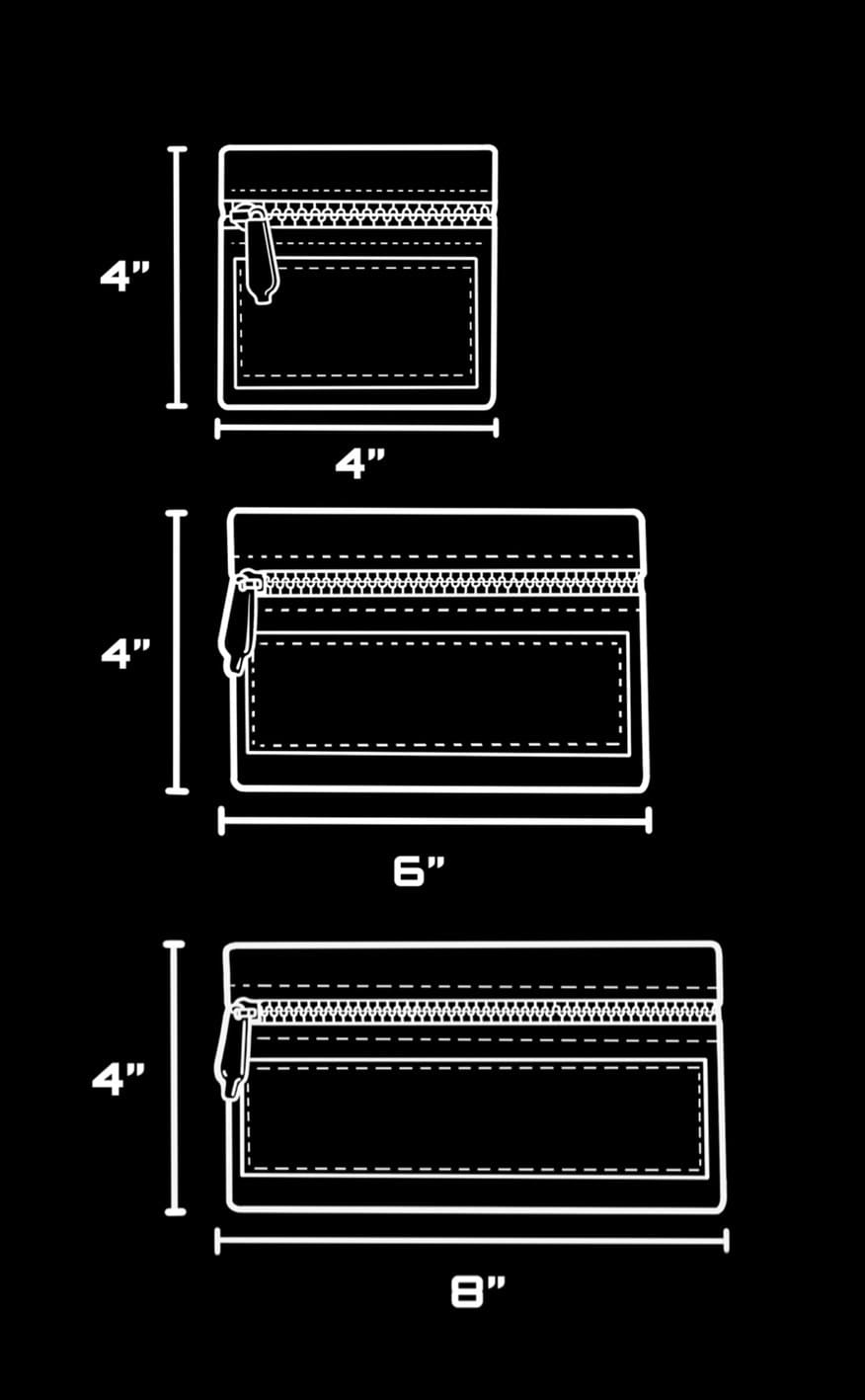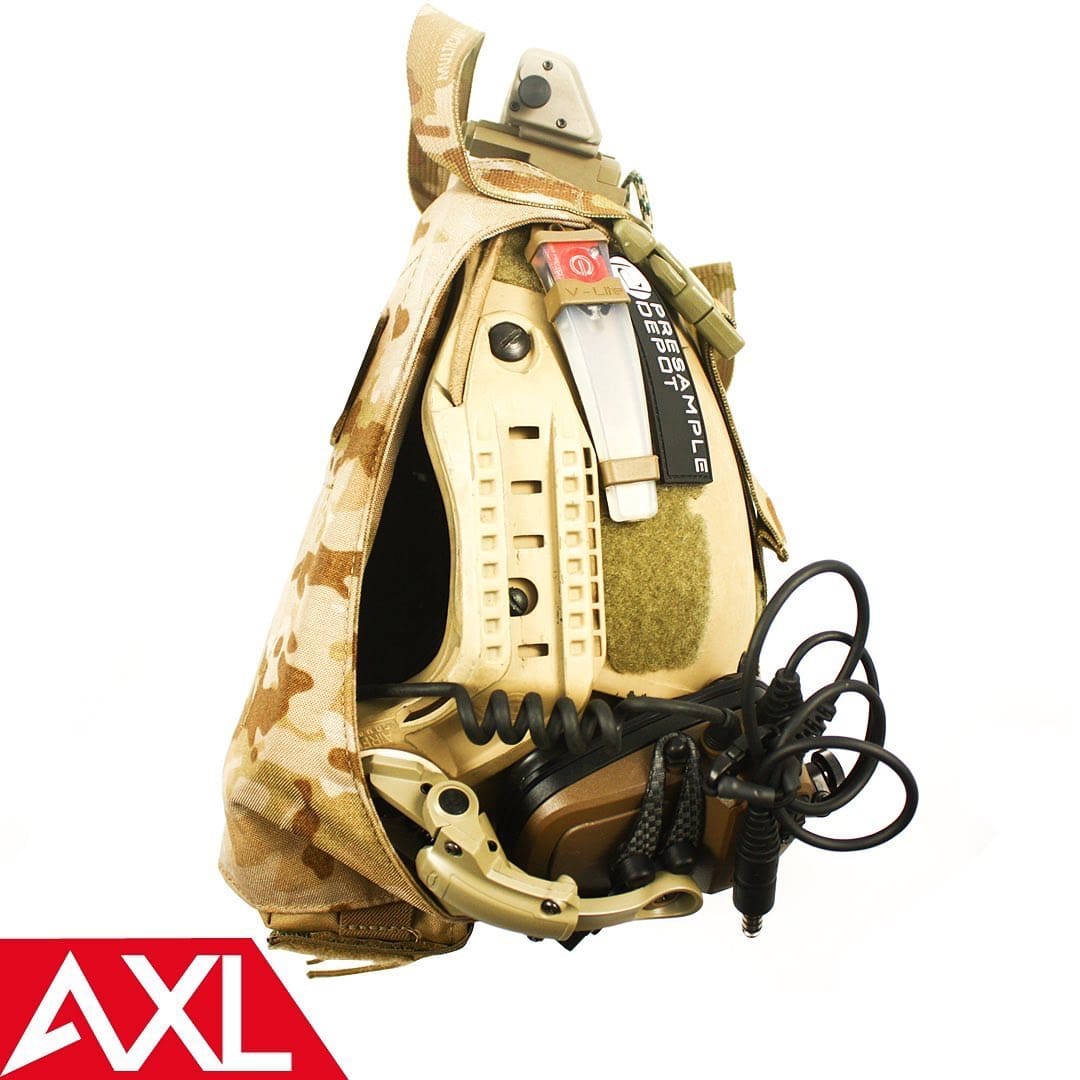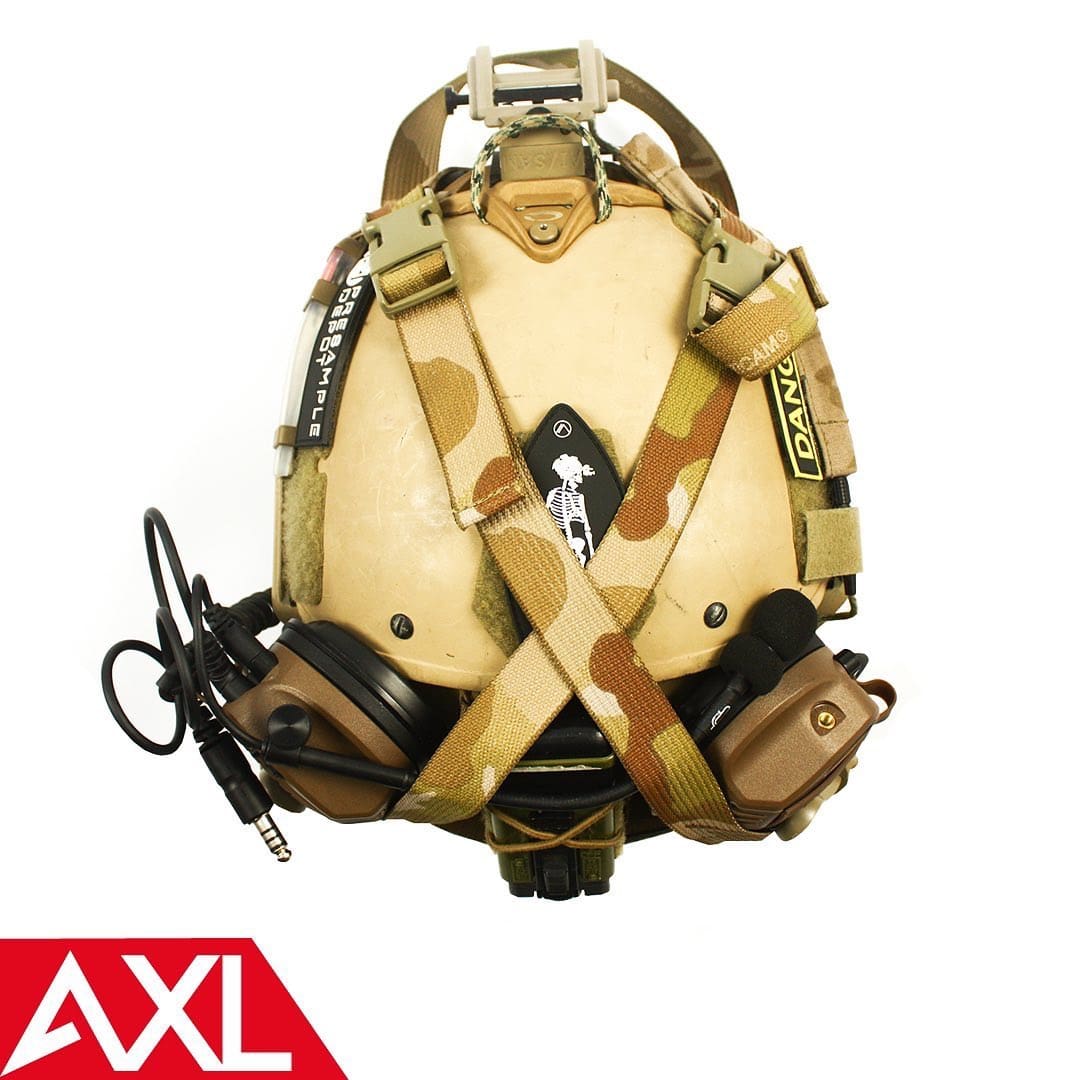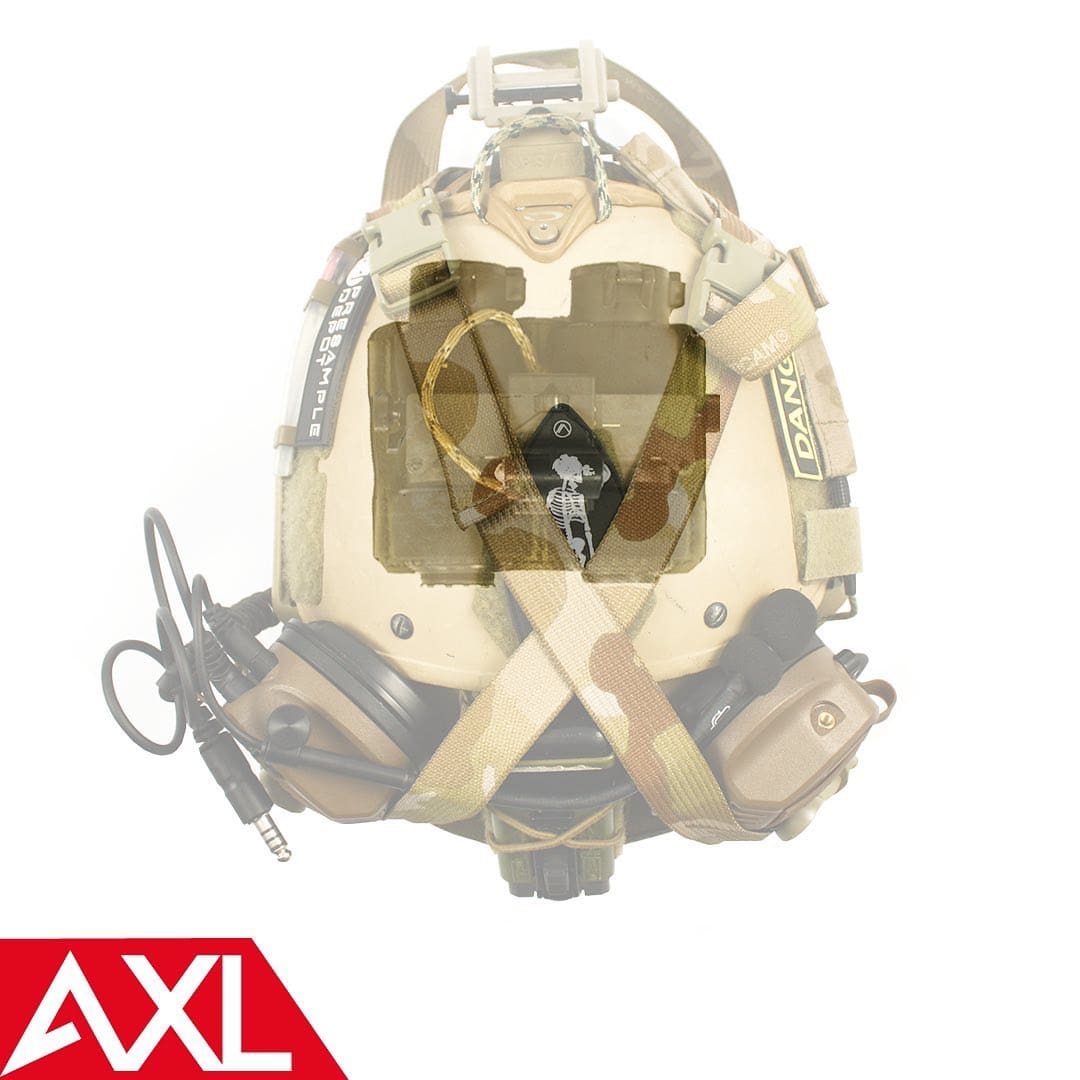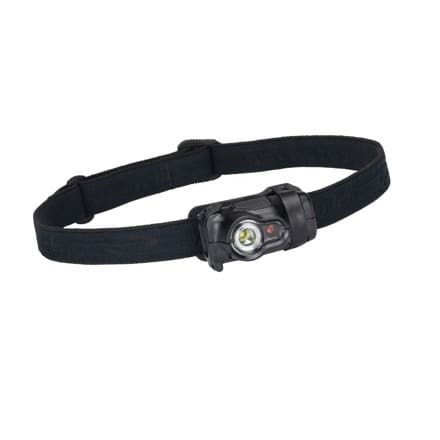ARLINGTON, Va. (AFNS) —
The Department of the Air Force announced Jan. 15, the opportunity for U.S. Air Force officers to voluntarily transfer into an internationally-focused core career field beginning spring 2021.
Since 2005, the Foreign Area Officer program has organized and trained select Air Force officers to be language-enabled, culturally astute, and operationally relevant regional experts.
More than 800 officers are currently certified as FAOs, filling a critical role in providing essential support to the National Defense Strategy by engaging foreign military leaders and government officials to build partner capability and capacity.
The restructuring of the FAO program is part of the Air Force’s broader reorientation toward great power competition. The recommendation that emerged from an Air Force cross-functional team’s year-long study was to establish the FAO career field as a strategic core career field while retaining operational relevance.
Until now, the Air Force FAO program operated as a secondary career field, alternating assignments between FAO and the officer’s core Air Force specialty code, or AFSC. This presented a key challenge in managing FAOs as strategic assets.
“Focusing FAO development on International Airmen skills and experiences, rather than challenging officers to hit milestones in two career fields, is more important than ever to increase awareness in our current strategic context with both our allies and partners and in the joint community,” said Kelli Seybolt, deputy under secretary of the Air Force, international affairs.
This strategic core career field will now be a Secretary of the Air Force International Affairs-managed AFSC, 16F or 16Z, to better cultivate professional development with a strategic international perspective. Within this new core AFSC, FAOs will be poised for more efficient utilization to meet Air Force strategic needs and will compete for promotion advancement within a single developmental category of professional FAO peers.
Continued operational relevance will be achieved through “FAO-minded” Intervening Operational Tours in each FAO’s original AFSC that sustains the various operational skillsets of each specialty and enhances Air Force strategic international engagement interests within those fields. It presents an increased return on FAO investment to provide deepened regional expertise and requires less in terms of training, sustainment, and manpower to support FAO development. Restructure of the FAO program, and increased primary emphasis in FAO development, will reduce the required inventory for FAOs from other AFSCs by approximately 30%.
“The United States Air Force FAO career field has been improving tremendously over the past decade,” stated Col. Lawrence E. Pravecek, FAO career field manager. “With the changes in the officer promotion system, now is the perfect time to take the next step in managing the development of our international experts. The choice to request transfer into the FAO Core AFSC will be a personal decision. All of us volunteered to serve, and now we ask for volunteers to help build a new AFSC that is tailor-made to provide the internationally-minded officers that our nation needs.”
For those already certified as FAOs or in the FAO training pipeline, applications for transfer to 16F or 16Z as their new core AFSC will begin early 2021. At that time, all eligible personnel will receive a direct email from the Air Force Personnel Center announcing the opening of the application window and providing directions to submit their applications online. FAOs who do not volunteer to transfer will remain in their current AFSC, while maintaining 16F as a secondary AFSC.
Air Force Reserve Component members will be notified by the AF Reserve or Air National Guard regarding ARC-specific processes. For questions/feedback, send email to the FAO Program Workflow Box at SAF.IAPA.IAS.Program.Workflow@us.af.mil.
For FAO resources, visit www.milsuite.mil/book.groups/air-force-ias.
For ARC programs, visit www.milsuite.mil/book/groups/arc-international-affairs-specialist-program.
By Jill Marie Diem, Secretary of the Air Force, International Affairs





